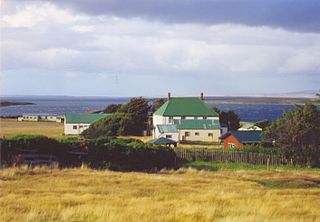
Tussock grasses or bunch grasses are a group of grass species in the family Poaceae. They usually grow as singular plants in clumps, tufts, hummocks, or bunches, rather than forming a sod or lawn, in meadows, grasslands, and prairies. As perennial plants, most species live more than one season. Tussock grasses are often found as forage in pastures and ornamental grasses in gardens.

Elachista argentella is a moth of the family Elachistidae found in all of Europe, except the Balkan Peninsula.

Elachista subalbidella is a moth of the family Elachistidae found in Europe and North America.

Elachista pullicomella is a moth of the family Elachistidae. It is found in most of Europe, east into Russia.

Elachista albidella is a moth of the family Elachistidae, described by William Nylander in 1848. Its wingspan ranges from 9–10 millimetres (0.35–0.39 in).The head is white. Forewings are white, costa and sometimes dorsum suffused with fuscous; plical stigma large, elongate, black ; an angulated fuscous fascia beyond middle, angle acutely produced towards apex ; small fuscous costal and dorsal spots near apex. Hindwings are rather dark grey.The larva is greenish-grey, more yellowish anteriorly; head dark brown.

Elachista apicipunctella is a moth of the family Elachistidae found in Europe. It is found in all of Europe, east into northern Russia.
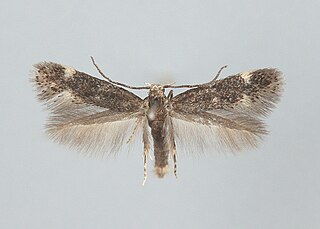
Elachista humilis is a moth of the family Elachistidae found in most of Europe.
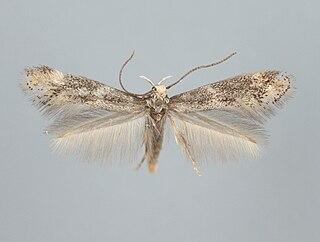
Elachista canapennella is a moth of the family Elachistidae found in Europe.

Elachista freyerella is a moth of the family Elachistidae that is found in all of Europe, except the Balkan Peninsula. It is also found in North America.

Elachista albifrontella is a moth of the family Elachistidae found in Europe.
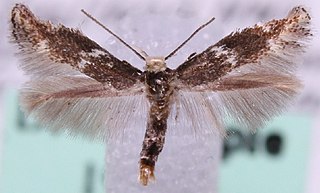
Elachista stabilella is a moth of the family Elachistidae found in Asia and Europe.

Elachista obliquella is a moth of the family Elachistidae found in Europe.
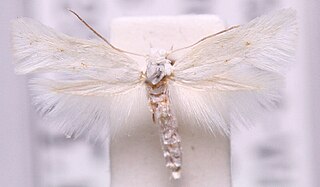
Elachista dimicatella is a moth of the family Elachistidae. It is found in the mountains from Germany and Poland to the Pyrenees, Italy and Romania.

Elachista consortella is a moth of the family Elachistidae. It is found in most of Europe, except most of the Balkan Peninsula, Poland, Latvia and Finland.

Elachista cinereopunctella is a moth of the family Elachistidae found in Europe.
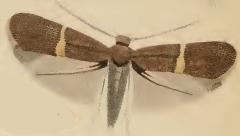
Elachista bisulcella is a moth of the family Elachistidae that is found in Europe.

Elachista bifasciella is a moth of the family Elachistidae. It is found from Sweden to the Pyrenees, Italy and Romania and from the Netherlands to Poland. It is the type species of the genus Elachista.

Elachista bedellella is a moth of the family Elachistidae found in Europe.
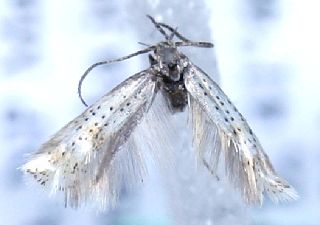
Elachista collitella is a moth of the family Elachistidae. It is found in Great Britain, Spain, France, Italy, Switzerland, Austria, Germany, the Czech Republic, Slovakia, Hungary, Romania and Turkey.



















